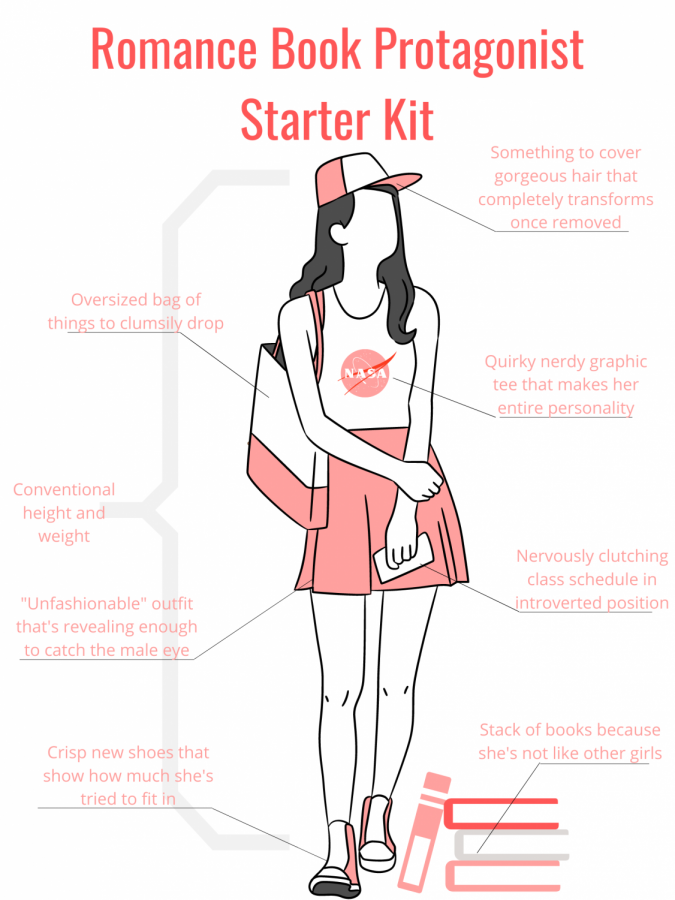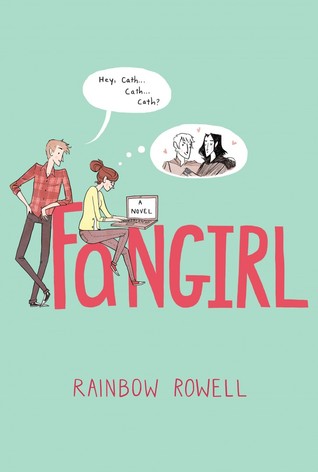Main character. Romance novels always describe the female protagonist the same exact way, with nervous mannerisms and unrealistic bodies. They can be extremely harmful to both mental health and relationship standards.
Adventures in romance and other heartbreaking stories
Romance novels are the Instagram influencers of media types. You know it’s unrealistic, problematic, and formulaic, yet you can’t stop coming back to them. Think about the outrageous expectations Instagram models create with their lavish lifestyles and sculpted bodies. They make our self-esteem plummet, yet we always come back to their pages. And similarly, we always come back to the pages of those same cheesy formulaic romance novels that promote unreachable and often harmful relationships even though we know that’s not how it works. This is a generalization, but almost all romance novels start the same way: two characters meet, fall in love, and spend the rest of the book grappling with the consequences before ending up together like the problems never happened. And the females in these books are so similar they could be related; perfect hourglass-shaped bodies, no self-confidence, and one personality quirk thrown in so that they seem different enough to be worthy of the protagonist role.
According to an article by the New Yorker, women can actually get addicted to romance novels, often to the point of being desensitized to real-life relationships that aren’t always perfect. Not only do they create a rift between actual couples, but these novels also promote extremely unhealthy ideals for women. The female protagonists often tend to be described solely by their bodies and curves instead of their personalities. They’re glorified for having low self-esteem and zero confidence, needing a man to tell them they’re beautiful instead of discovering it within themselves. And finally, these books undermine the power of consent by fetishizing the idea of “hard to get,” which may seem cutesy in fantasy but can actually cause horrific consequences in real life.
Juli Slattery, a clinical psychologist and relationship expert, told the New Yorker that “for many women, these novels really do promote dissatisfaction with their real relationship,” and that a long enough addiction may actually “lead to affairs.”
If this sucker punch to women’s mental health wasn’t enough, these books also have horrible consequences for men. The male characters are just as objectified, with more focus on their abs and physique rather than their love for the protagonist. They also tend to promote toxic masculinity; the men in these novels are supposed to be emotionless and cold, and the few moments of vulnerability they do have are so over-exaggerated that they seem to be on a pedestal. This creates the idea that men have to be just as emotionally distant in real-life relationships; whereas, communication and emotional vulnerability from all sides is what makes the foundation for a strong relationship.
Of course, not all romance novels promote these unhealthy expectations. But enough do to where it’s becoming an actual problem, especially when they’re front and center in every bookstore around Valentine’s Day. So instead, here are some realistic (but still adorable) interpretations of romance novels we hope you’ll choose instead. While they’re not all solely focused on the romance or based in the real world, the dynamic they portray between the love interests reflect that of how love works in everyday life.

